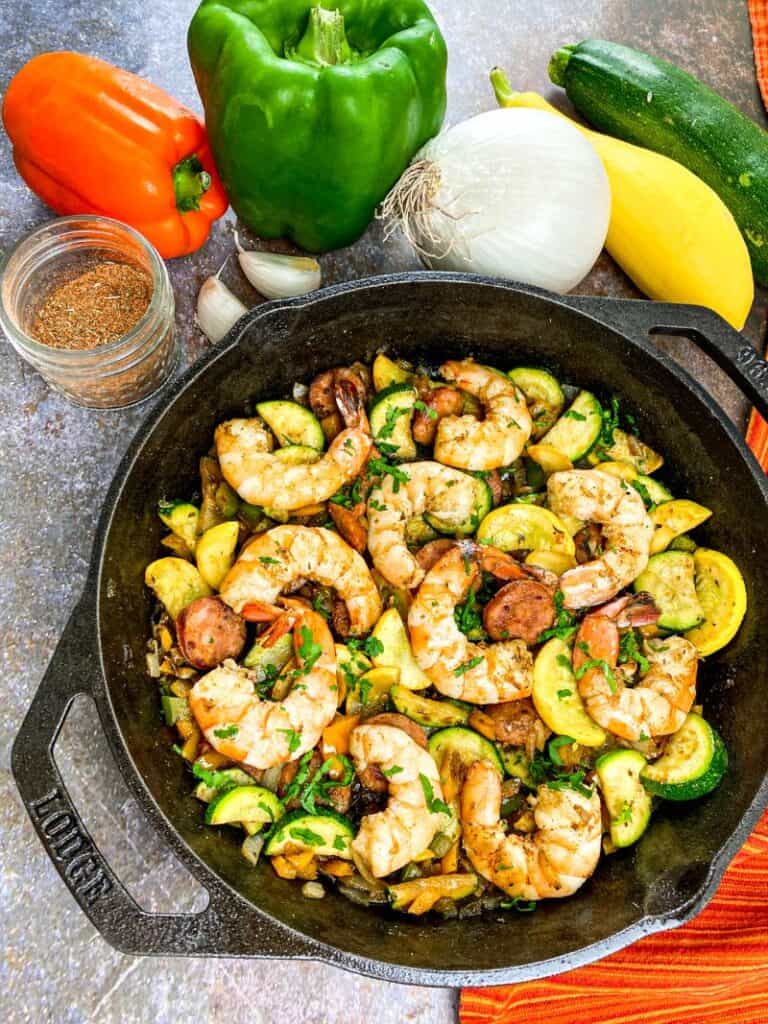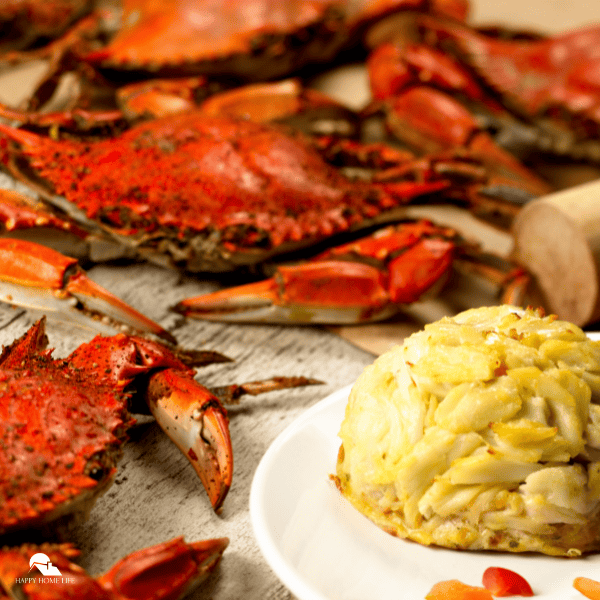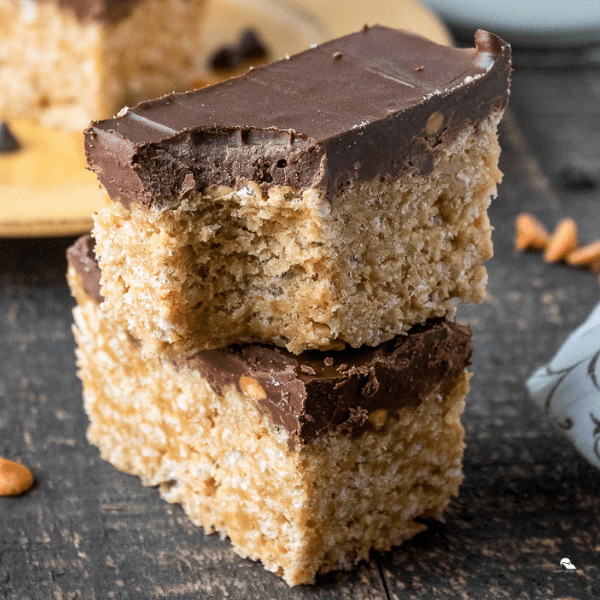Are canned or frozen green beans better for casserole? Let’s find out! When it comes to assembling a delicious and comforting green bean casserole, a key question often arises: Should you use canned or frozen green beans?
The answer can significantly impact your dish’s texture, flavor, and overall appeal. In this post, we delve into this culinary conundrum, considering the pros and cons of each option to help you make the perfect green bean casserole.
When making a delicious green bean casserole, you may wonder about reference and your dish’s desired outcome, whether canned or frozen green beans are the better option. Both have their advantages, but it ultimately depends on your preference and your dish’s desired outcome.
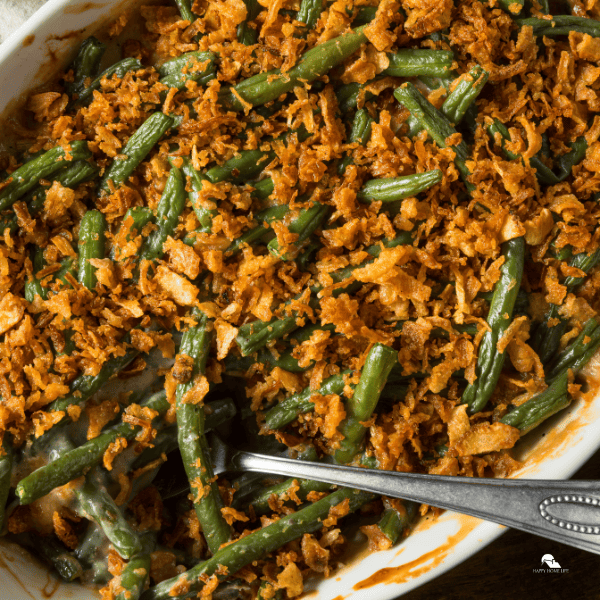
Green Bean Casserole
Green bean casserole is a classic dish that has become a staple at holiday gatherings and family dinners. It typically consists of green beans, cream of mushroom soup, and crispy fried onions. The combination of flavors and textures makes it a crowd-pleaser.
The popularity of green bean casserole can be attributed to its simplicity and versatility. It can be easily customized with additional ingredients like cheese, bacon, or spices to suit individual tastes. Whether you’re hosting a potluck or looking for a comforting side dish, green bean casserole is a reliable choice.
Let’s delve into the debate between canned and frozen green beans for your casserole.
Are frozen or canned green beans better for casserole?
When it comes to choosing between frozen or canned green beans for your casserole, it’s important to consider the advantages and disadvantages of each option. Both have merits, so the decision depends on your preferences and convenience.
Frozen green beans are often praised for their freshness and nutritional value. They are usually picked at their peak and then flash-frozen, which helps to preserve their flavor and nutrients. On the other hand, canned green beans are typically cooked and then canned, which can result in a softer texture but may diminish some of their nutritional content.
If you value the convenience of having pre-cooked and tender beans, canned green beans may be the better choice for your casserole. However, opting for frozen green beans is a great option if you prioritize freshness and nutrition.
Below is a comparison between using canned green beans and frozen green beans in a green bean casserole:
| Canned Green Beans | Frozen Green Beans | |
|---|---|---|
| Taste | Often softer with a slightly saltier taste due to preservation. | They maintain a fresher, crispier taste closer to fresh beans. |
| Nutrition | Some nutrients can be lost in the canning process. | Generally retain more nutrients as they are flash frozen. |
| Preparation | Already cooked; just need to be heated through in the casserole. | May require blanching before adding to the casserole. |
| Cost | Typically cheaper than frozen beans. | Slightly more expensive but often considered higher quality. |
| Availability | Available year-round in most supermarkets. | Also available year-round but may vary depending on location. |
Please note that both options can be used effectively in a green bean casserole, and the choice often comes down to personal preference or specific dietary needs.
Benefits of Using Frozen Green Beans
When it comes to making a delicious casserole, the choice between canned or frozen green beans can make a difference. Here are some key benefits of using frozen green beans:
Retaining shape and texture
Frozen green beans are typically harvested at their peak freshness and then quickly frozen, which helps them retain their shape and texture. This means that when you use frozen green beans in your casserole, you can expect them to have a crisp bite and vibrant color.
No added sodium
Unlike canned green beans, which often contain added sodium for preservation purposes, frozen green beans are usually free from any additional salt. This allows you to control the sodium content in your casserole better and makes it more suitable for those watching their salt intake.
Less cooking time compared to canned beans
Frozen green beans require less cooking time compared to canned beans. Since they are already partially cooked during the blanching process before freezing, they can be quickly heated through in your casserole without becoming mushy or overcooked.
Using frozen green beans in your casserole can provide several advantages, such as retaining shape and texture, no added sodium, and shorter cooking time. Consider giving them a try for a flavorful and convenient addition to your next casserole dish.
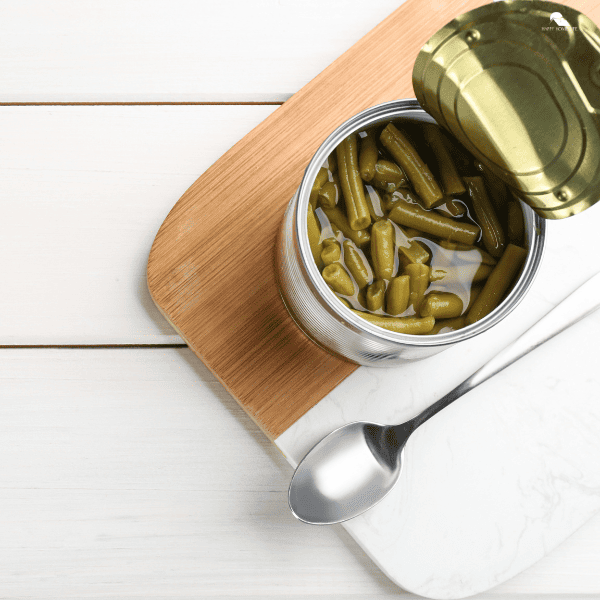
Benefits of Using Canned Green Beans
Convenience and no prep required
Using canned green beans for your casserole offers a range of benefits. One of the main advantages is the convenience it provides. Canned green beans require no washing, trimming, or cutting, saving you valuable time in the kitchen. They are ready to use straight from the can, making them a great option for busy individuals or those who want to simplify their cooking process.
Softer texture
Another benefit of canned green beans in your casserole is their softer texture. Canned green beans are typically cooked during canning, resulting in a more tender and easily chewable texture. This can be particularly appealing for those who prefer their green beans to have a softer bite.
While frozen green beans also have their advantages, such as retaining more nutrients and a fresher taste, canned green beans provide convenience and a softer texture that can enhance the overall experience of your casserole.
Why Frozen Green Beans Are Better for Casserole
When it comes to making a delicious casserole, using the right ingredients can make all the difference. While both canned and frozen green beans are convenient options, frozen green beans are the better choice for your casserole. Here’s why:
Prevention of mushy texture
Frozen green beans have a firmer texture compared to canned ones. This is because freezing helps preserve the beans’ natural structure, preventing them from becoming mushy when cooked in the casserole. On the other hand, canned green beans tend to be softer and can easily turn to mush during baking.
Retaining flavor and texture after baking
Frozen green beans also retain their flavor and texture better after being baked in a casserole. The freezing process helps to lock in the freshness and nutrients of the beans, resulting in a more vibrant taste and appealing texture. On the other hand, canned green beans may lose some flavor and become overly soft during the baking process.
Opting for frozen green beans is the way to go when making a casserole. They provide a firmer texture, prevent mushiness, and retain their flavor and texture better after baking.
Alternative Options for Green Beans
Canned green beans as an alternative to frozen
When it comes to making a delicious casserole, you may be wondering whether canned or frozen green beans are the better choice. While both options have their advantages, canned green beans can be a convenient alternative to frozen ones.
Canned green beans are pre-cooked and ready to use, saving you time in the kitchen. They also have a longer shelf life, making them a convenient pantry staple. However, it’s important to note that canned green beans may have a softer texture than frozen counterparts.
Using fresh green beans and proper cooking techniques
Using fresh green beans is another option if you prefer a crispier texture and a fresher taste. You can retain their vibrant color and crunchiness by blanching the green beans before adding them to your casserole.
To blanch fresh green beans, boil them in salted water for a few minutes until they become bright green. Then, transfer them to an ice bath to stop the cooking process. This technique helps preserve the flavor and texture of the green beans in your casserole.
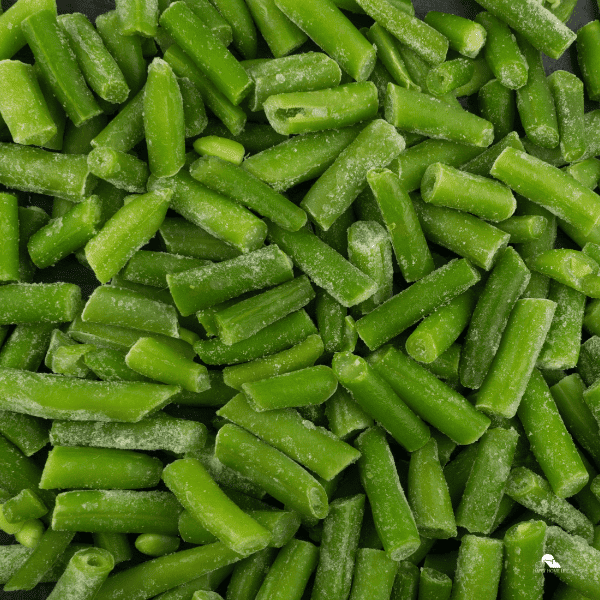
How to Keep Green Bean Casserole from Being Soupy
When it comes to making the perfect green bean casserole, one common challenge is avoiding a soupy consistency. Here are some helpful tips to ensure your casserole turns out just right.
- Drain and Pat Dry: After rinsing your green beans, be sure to drain them well and pat them dry with a paper towel. Excess moisture can contribute to a watery casserole, so removing as much moisture as possible is essential.
- Use Fresh Green Beans: Fresh green beans are a great choice for a firmer texture. Canned or frozen green beans tend to retain more water, which can lead to a soggy casserole.
- Don’t Overcook: Be careful not to overcook when blanching or steaming your green beans. Overcooking can cause them to become mushy and release excess liquid into the casserole.
- Thicken the Sauce: To prevent excess liquid from seeping into the casserole, make sure to thicken the sauce. You can do this by adding a tablespoon of flour or cornstarch to the sauce mixture before combining it with the green beans.
By following these tips, you can enjoy a green bean casserole with a perfect, non-soupy consistency.
Can I use heavy cream instead of milk in my green bean casserole?
When it comes to making a delicious green bean casserole, many people wonder if they can substitute heavy cream for milk. The answer is yes; you can definitely use heavy cream instead of milk in your recipe.
Using heavy cream in your green bean casserole can add a rich and creamy texture to the dish. The higher fat content of heavy cream can also enhance the flavor and make the casserole more indulgent. Just keep in mind that heavy cream is thicker than milk, so you may need to adjust the amount accordingly.
Whether you choose to use heavy cream or milk in your green bean casserole, both options will result in a creamy and satisfying dish. So go ahead and experiment with different ingredients to create the perfect casserole that suits your taste preferences.
What goes well with green bean casserole?
When it comes to serving green bean casserole, finding the perfect accompaniments can enhance the overall dining experience. Here are some delicious options to consider:
- Roasted or Mashed Potatoes: The creamy texture of mashed potatoes or the crispy exterior of roasted potatoes pairs well with the savory flavors of green bean casserole.
- Grilled or Roasted Chicken: Adding a protein like grilled or roasted chicken can make it a heartier meal and provide a delicious contrast to the creamy green beans.
- Cranberry Sauce: The tangy sweetness of cranberry sauce complements the richness of the casserole and adds a burst of flavor.
- Buttered Corn: The sweetness of buttered corn can balance out the savory components of the casserole and add a pop of color to your plate.
- Fresh Salad: A fresh, crisp salad with a tangy dressing can provide a refreshing contrast to the warm casserole.
Remember, the key is to choose sides that complement the flavors of the green bean casserole and add variety to your meal. Experiment with different combinations to find your perfect match.

What meat goes best with green bean casserole?
When it comes to choosing the right meat to complement your green bean casserole, there are a few options that pair well with this classic dish.
One popular choice is crispy bacon. The bacon’s smoky flavor and crunchy texture add a delicious element to the creamy green bean casserole. Simply cook the bacon until crispy and crumble it over the top before baking.
Another tasty option is shredded chicken. The tender and savory chicken enhances the dish’s flavors and adds a protein-packed element. You can either cook and shred the chicken yourself or use pre-cooked chicken for convenience.
For those who prefer a vegetarian option, sliced mushrooms make a great addition to the casserole. They provide a meaty texture and earthy flavor that complements the green beans perfectly.
Ultimately, meat choice depends on your preferences and dietary restrictions. Experiment with different options to find the one that suits your taste buds.
What’s the difference between green bean and string bean casserole?
Green bean casserole and string bean casserole are popular dishes that often appear on holiday tables or family gatherings. While they may sound similar, there are some differences between the two.
Green bean casserole typically uses fresh or canned green beans as the main ingredient. These green beans are usually soft and tender, providing a comforting texture to the dish.
The casserole is usually made with a creamy sauce, often featuring ingredients like mushroom soup and crispy fried onions. The flavors of the sauce and the green beans blend together, creating a comforting and savory dish.
On the other hand, string bean casserole typically features fresh or frozen string beans, which are thinner and have a crunchier texture than green beans.
The string beans remain crisp even after being cooked in the casserole, adding a refreshing and vibrant element to the dish. The sauce in string bean casserole is usually lighter, allowing the beans’ natural flavors to shine through.
Both green bean and string bean casseroles have their own unique appeal and can be enjoyed depending on personal preferences. Whether you prefer a softer and creamier dish or a crunchier and fresher one, both casseroles make delicious additions to any meal.




